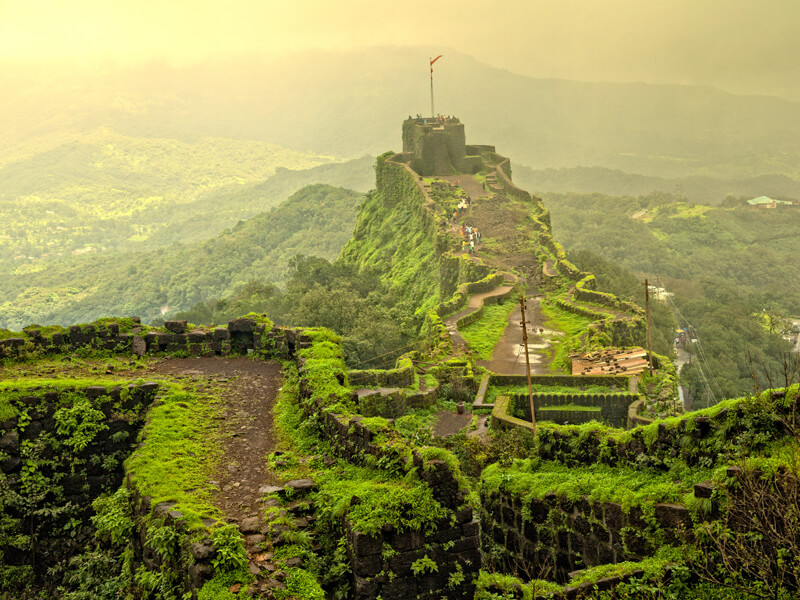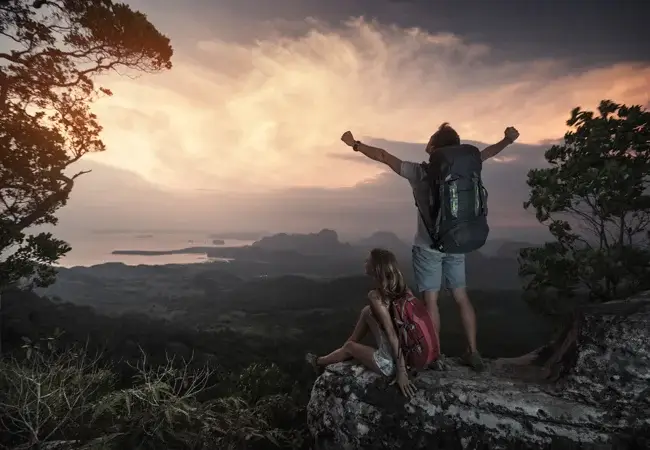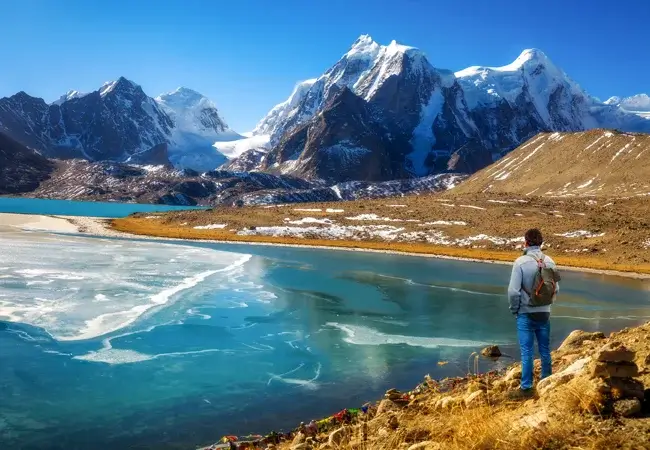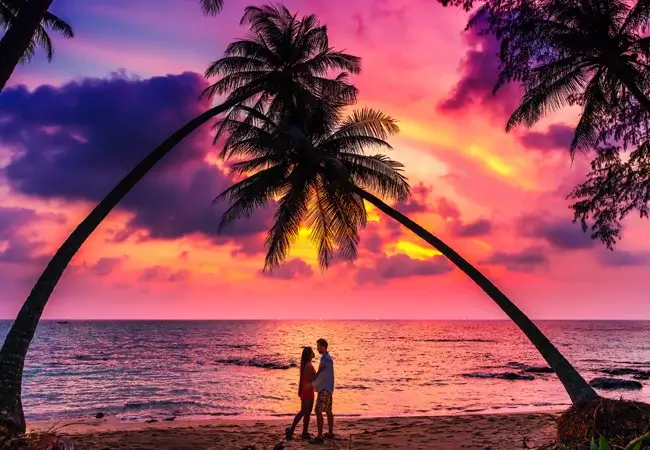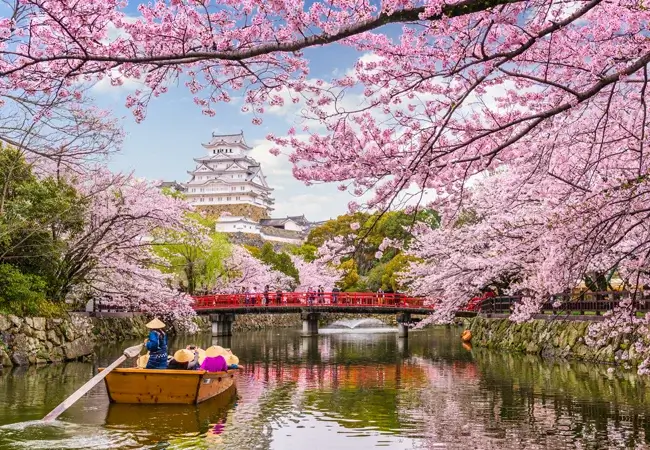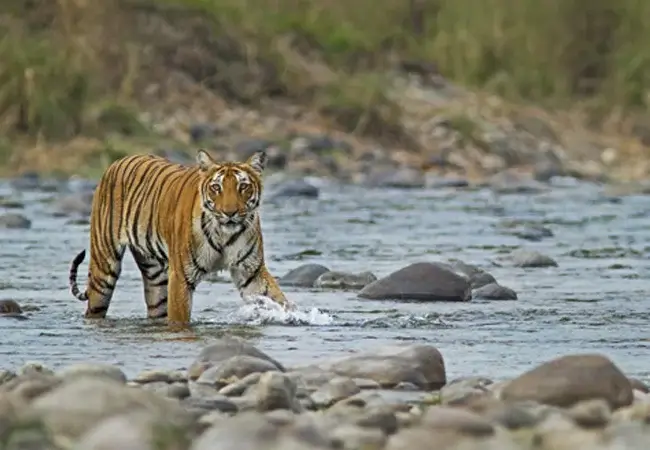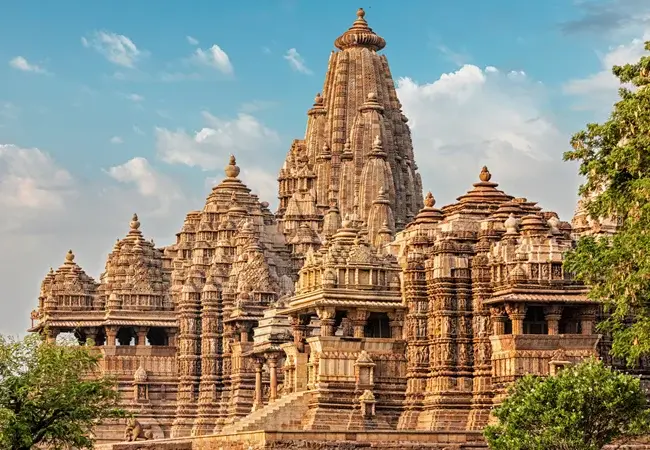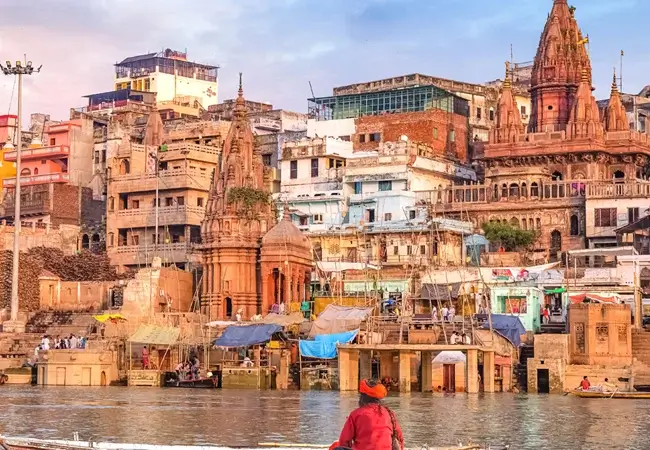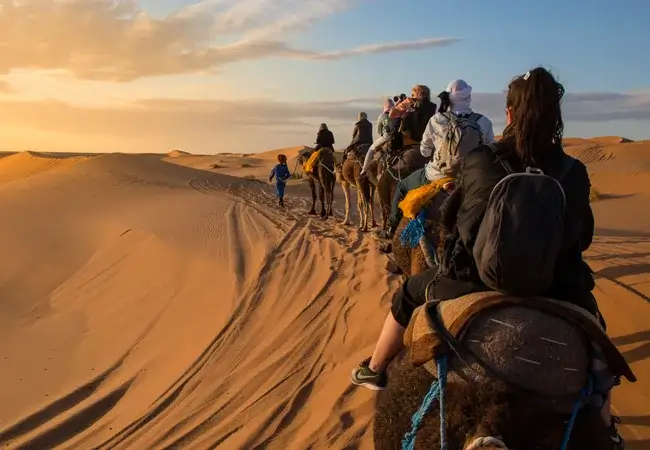Maharashtra, a state of diverse landscapes, rich heritage, and vibrant culture, offers the perfect travel experience for every kind of traveler. From the serene beaches of Konkan to the historic forts of Western Ghats, and from Mumbai’s bustling city life to the spiritual aura of Shirdi, Maharashtra has something for everyone.
At Safaar, we bring you the most customizable Maharashtra tour packages, covering the best destinations with seamless travel arrangements. Whether you're looking for a romantic getaway, an adventure-filled trip, or a heritage tour, we’ve got you covered!
Ellora holds the record of being a UNESCO World Heritage Site which is situated at the heart of the city of Aurangabad. This cave is popular because it is one of the largest rock-cut Hindu temple cave complexes in the World. There are numerous artworks done on the cave that dates back to 600-1000 CE. Moreover, there is Cave 16 comprises the largest single monolithic rock excavation in the World, the Kailash temple. It is a chariot-shaped monument with Lord Shiva being the primary deity. This temple excavation also comprises sculptures that depict various Hindu deities.
Inside the Ellora Caves, there are over 100 minor caves that have been excavated from the basalt cliffs in the Charanandri Hills. However, out of the 100 caves, only 34 are accessible to the public. There are 17 Hindu caves, 12 Buddhist caves, and 5 Jain caves. These caves were constructed during the reign of the Rashtrakuta dynasty (the Hindu and Buddhist caves) and the Yadava dynasty (Jain caves). It is one of the most popular tourist attractions of Maharashtra that have received protection under the Archaeological Survey of India (ASI).
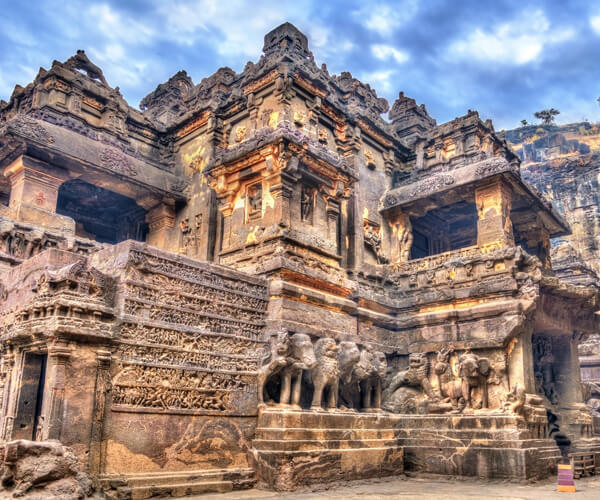
Comprising approximately 30 rock-cut Buddhist cave monuments that date back to the 2nd century BCE and extend up to 480 CE, the Ajanta caves are situated at the center of the Aurangabad district of Maharashtra, India. The caves are decorated with mesmerizing paintings and rock-cut sculptures that have been described as one of the finest surviving examples of ancient Indian art. Some of the paintings are so attractive that can present emotions through gesture, pose as well as form.
The Ajanta caves are universally regarded as the epitome of Buddhist religious art that was constructed in two phases. The first phase started around the 2nd century BCE. However, the second phase started around 400 and ended in 650 BCE. Apart from receiving the title of a protected monument under the Archaeological Survey of India (ASI), the Ajanta Caves are also considered to be a UNESCO World Heritage Site.
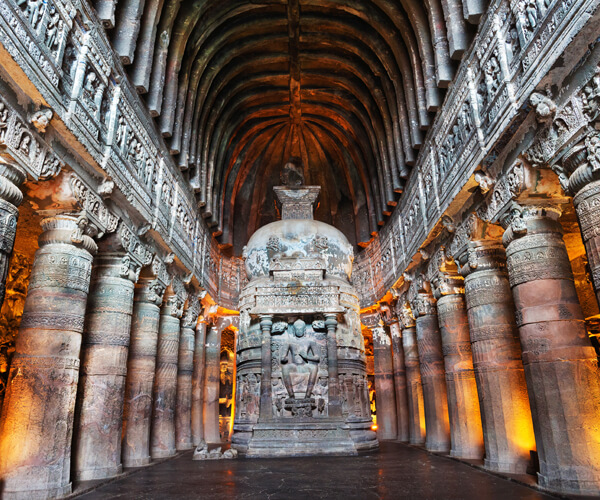
This city of Maharashtra is considered to be a pinnacle of greenery that is known to boast one of the only evergreen forests available in the World. The presence of lush hills, valleys, and lookout points (Lodwick Point, Arthur’s Seat, and Babington point) make this city much more alluring. Here is a list of some of the amazing places of Mahabaleshwar that tourists cannot afford to miss:
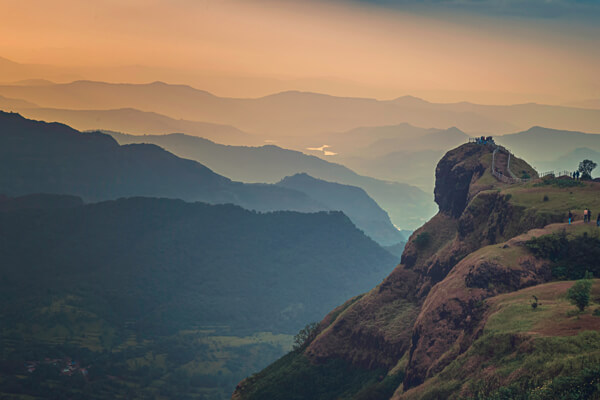
If you are looking for one of the most picturesque viewpoints in Mahabaleshwar to brush up your photography skills and desire to witness something magnificent, then you simply cannot afford to miss Elephant’s Head Point. The breathtaking view of the Sahyadri ranges is enough to bless your eyes with its scenic beauty and tranquility.
Your visit to Mahabaleshwar is always incomplete without witnessing the tantalizing descend of the Chinaman’s fall, which is considered to be one of the most significant falls present in the state. Thus, this fall ensures a bewitching experience to tickle your adventurous soul and feed it with the wellness of enchantment.

It is a hill station located at the heart of the Satara district of Maharashtra. This city is mainly famous for housing many residential educational institutions such as Kimmins High School, St. Peter’s School, St. Joseph’s Convent School, and many more. Other tourist attractions include Table Land (the second-largest mountain plateau in Asia), Sydney Point, Parsi Point, Devil’s Kitchen, and Mapro Garden.

Another popular hill station of Maharashtra is Lonavala which occupies a portion of the Pune district of Maharashtra. This city has attained a popularity for its hard candy (chikki) production and also for being the railway connecting link between Mumbai and Pune.
There is an adjacent hill station to Lonavala called Khandala and both of them are togetherly called twin hill stations situated approximately 622 m above sea level. Some of the top tourist attractions of Lonavala are Rajmachi Point, Rajmachi Fort, Ryewood Park, Shivaji Udyan, Valvan Dam, Della Adventure Park, and Lonavala Lake.
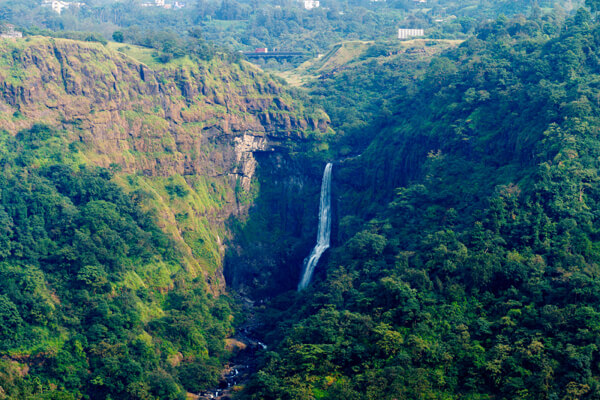
Sai Baba was an Indian spiritual master who was considered to be a saint by the people of Maharashtra. Moreover, Baba was a saint for both Hindu and Muslim devotees during his lifetime and continues to be so even after years and years of his demise. It is still unclear whether Baba was born into a Hindu or Muslim family but his teachings comprised ideologies from both religions.
Shirdi is a small town in Maharashtra that is known to be the former home of Sai Baba and every year, thousands of Hindu and Muslim devotees visit the Sai Baba temple here. The best time to visit this temple is from December to March because the weather remains pleasant during this time of the year
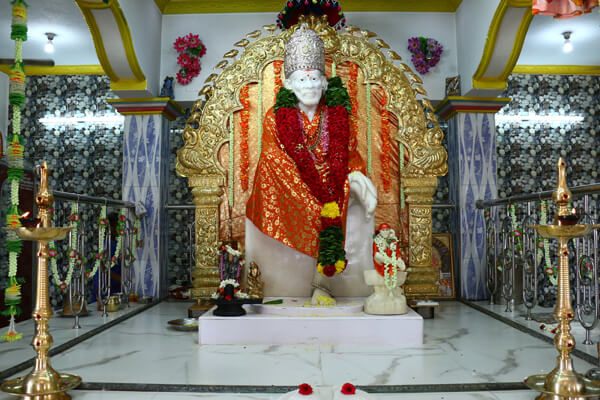
Maharashtra is known to be the home of Pancha Jyotirlingas. They are- Bhimashankar, Trimbakeshwar, Grishneswar, Nagnath, and Parli Vaijanath. These temples are dedicated to Hindu God Lord Shiva.
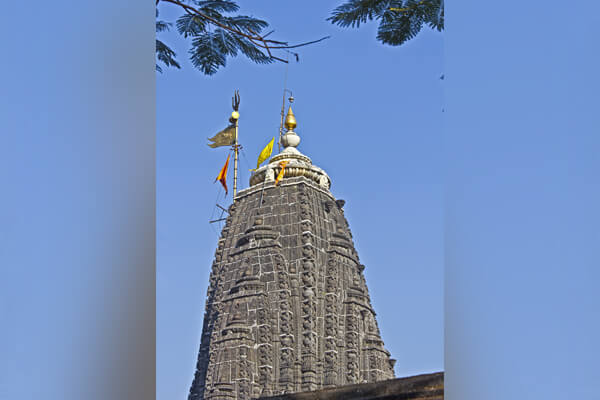
Located at the banks of the Pachganga River and occupying the southern part of Maharashtra, Kolhapur is also known as “Dakshin Kashi” because of its spiritual history related to Hindu God Mahalaxmi. This city is famous for its delicious cuisines such as various mutton dishes, Kolhapuri misal, and traditional meat cuisines. Pandhra rassa (white curry) and Tambda rassa (red curry) are the two most popular soup-like curries of Kolhapur. Besides, Kolhapur is the hub of the famous hand-crafted and braided leather slippers called Kolhapuri chappal which also holds the record of receiving the Geographical Indication (GI) designation in the year 2019.
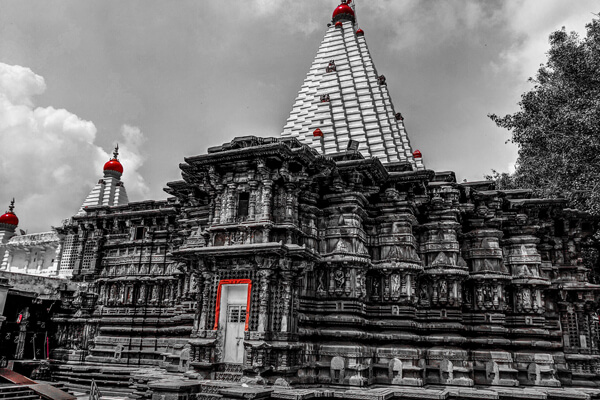
There is a wide range of dishes to satisfy the taste buds of tourists travelling to Maharashtra, starting from mild to very spicy ones. The staple food of Maharashtra comprises wheat, rice, jowar, bajra, lentils, and fruits. Some of the mouth-watering traditional dishes include puran poli, ukdiche modak, and Thalipeeth. Moreover, Maharashtra is home to some amazing street food items that include Batata wada, Misal Pav, Pav Bhaji, and Vada Pav. Some of the well-known regional cuisines include Tambda Pandhra rassa (a dish made of either chicken or mutton), and Bombay duck (bombil in Marathi).
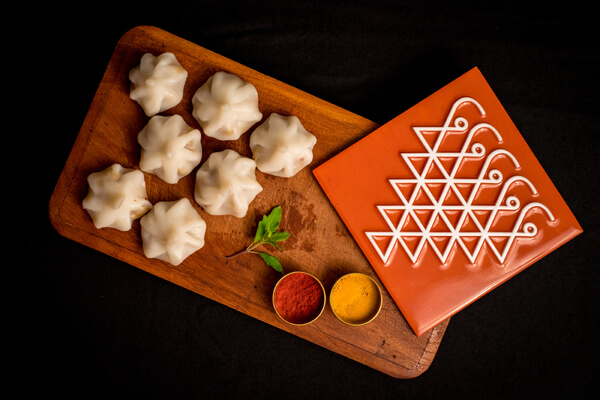
✅ All-Inclusive Tours – Hotels, meals, sightseeing, and transport included.
✅ Budget-Friendly Options – Affordable rates with no hidden costs.
✅ Expertly Curated Itineraries – Covering top attractions and hidden gems.
✅ Customizable Packages – Tailor your trip as per your preferences.
✅ 24/7 Travel Assistance – Dedicated support throughout your journey.
Maharashtra is a year-round destination, but the best time to visit varies by region:
- Hill Stations & Forts – October to March (Pleasant weather, perfect for sightseeing)
- Konkan Beaches – November to May (Ideal for beach activities and relaxation)
- Wildlife & Nature Tours – June to September (Lush greenery during monsoon)
📞 Call/WhatsApp: +91-9049441114 / +91-9049551114
🌍 Visit Our Website & Book Now: contact@safaar.in
✅Best Prices | Expert Planning | Hassle-Free Experience
Explore Maharashtra’s best destinations with Safaar – Your Perfect Travel Partner!


